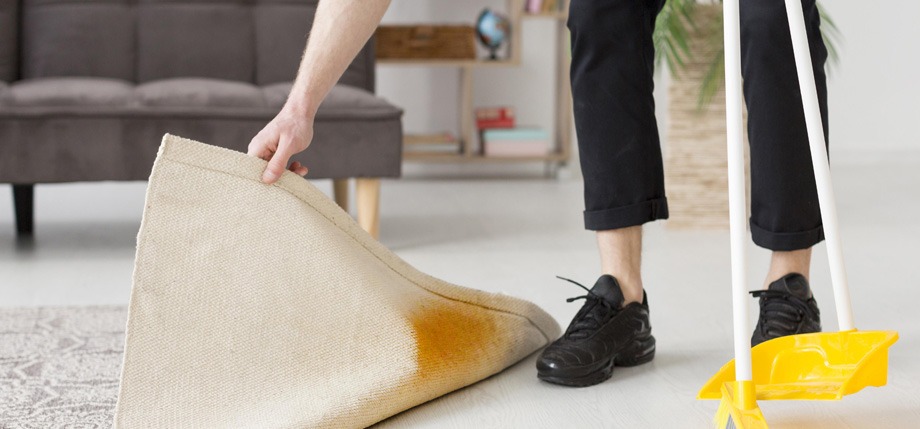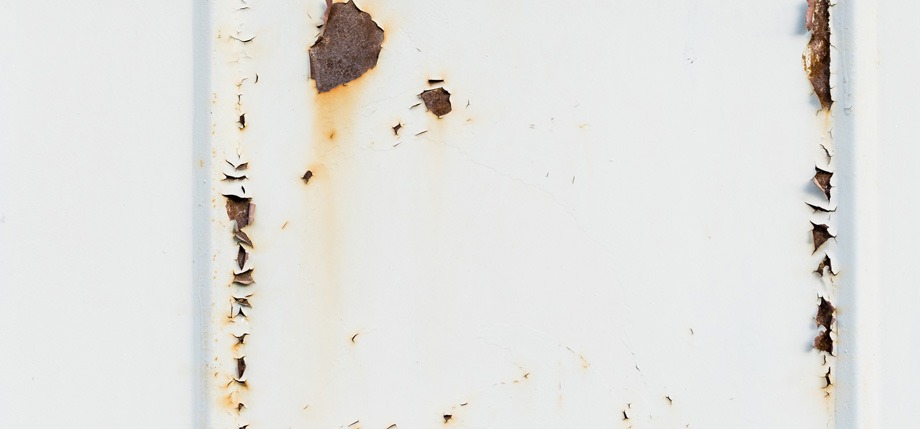Where Are You Likely Going To Get Mould After a Flood

When natural disasters like floods strike, what are some of the first and most concerning problems we think about?
If your home was recently flooded, you might be wondering where you can expect to find mould in your home.
Mould thrives in damp, dark environments – and after a flood, those conditions are readily available in many homes. Mould is known to inhabit bathrooms, pits, floor coverings, underground rooms, and lofts.
Carpeting, both wall-to-wall and area rugs, are at high risk for mould growth due to the need for moisture, oxygen, food source, and a surface to grow on.
They are so tiny and light that they become airborne very quickly. Moreover, some species of mould generate toxins identified as mycotoxins which can lead to numerous health issues.
Without proper drying-out procedures, mould can begin to grow within hours of a flood – these microorganisms build upon each other quickly, creating an unhealthy living environment that can impact even the fittest of individuals.
To protect yourself and your family from the dangers of breathing mould spores post-flood, knowing where you will most likely find mould after such an event is essential. In this article, we’ll discuss which areas are often affected by flooding and why you should take steps to mitigate the potential for sustained mould growth after the water has been removed.
Contents
How fast does mould spread across your carpet?
Carpets are one of the most common places to find mould after a flood. Carpet fibres are highly absorbent, making them an ideal breeding ground for mould spores.
The longer the carpet remains wet, the more likely it is that mould will begin to grow and spread across the surface. In some cases, mould can spread across a carpet in as little as 24 hours – so it’s important to act quickly if you suspect mould growth in your carpets.
Where else can you find mould after a flood?
Mould can also be found in other areas of the home, such as walls, ceilings, and furniture. In addition to carpets, these surfaces are also highly absorbent and provide an ideal environment for mould growth. Mould spores can also travel through the air, so it’s important to check for mould in other areas of the home, even if they weren’t directly affected by the flood.

How to identify mould in the carpet?
Mould growth on carpets is usually not visible, but there are some identifiable instances where it is likely, such as carpet damaged in flooding that has stayed wet.
Mould can be difficult to detect with your eyes alone: however, if you sense a distinct damp or musty smell, there is likely to be mould present.
Mould can often be seen with the naked eye—look for spots of pink, purple, orange, brown or black. In addition to this, keep an eye out for swelling of cabinetry or drywall, which could signal that mould has spread in the area.
Or a mould inspection service can help you identify the presence of mould in your home.
If you suspect that mould is present in your home after a flood, it’s important to take action quickly. Start by removing any wet materials and drying out the area as soon as possible.
You can also use a dehumidifier to reduce the humidity levels in the home and prevent further mould growth.
Suppose you’re unable to identify or remove the mould yourself. In that case, it’s best to contact a professional mould inspection service to help you assess the situation and take the necessary steps to protect your family’s health.
What should you do if you find mould after a flood?
If you find mould in your home after a flood, it’s important to take steps to mitigate the potential for sustained growth. The first step is to remove any standing water and dry out the area as quickly as possible.
You should also use a dehumidifier to reduce the moisture levels in the air and discourage mould growth. Finally, you should consider using an anti-mould spray or paint to help prevent future mould growth.
It is also important to inspect the walls and ceilings for any signs of mould. Mould can grow on these surfaces due to the high levels of moisture in the air. If you find any visible signs of mould, it is important to remove them as soon as possible.
In addition, it is important to check for mould in other areas, such as attics, basements, and crawl spaces. These areas are often moisture-prone and can be a breeding ground for mould.
Contact the professional Mould remediation Services in Melbourne
If you find mould in your home after a flood, it is important to contact a professional mould remediation service. These services can help you identify the source of the mould and take steps to remove it safely and effectively.
Wet Carpet Cleaners’ Mould remediation services can also provide advice on how to prevent future mould growth and protect your family’s health.
Suggested Read: 4 Ways to Keep Your Carpets Away from Moulds



